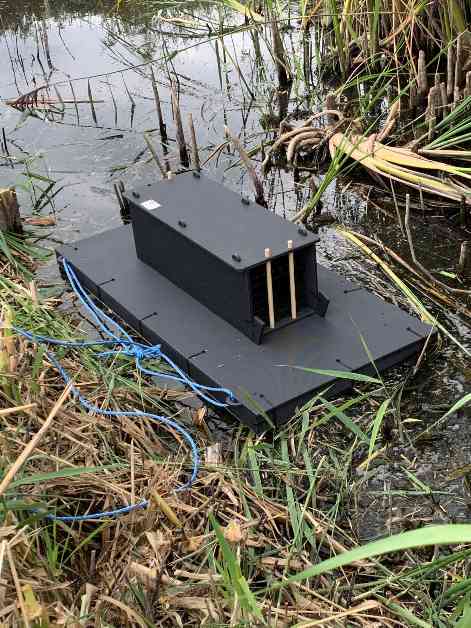Understanding the Mink Infestation Issue
Wild mink have long been a concern for nature reserves and wildlife enthusiasts due to their predatory nature and ability to wreak havoc on local ecosystems. Columnist Eric Brown recounts a frightening encounter with a mink while swimming in a lake, highlighting the potential dangers these creatures pose. With razor-sharp teeth and claws, mink are known to be fearless and devastating small predators. They have voracious appetites and will prey on a wide range of animals, including water voles, birds, and even fish. The impact of mink infestations can be catastrophic, as seen in the case of a lake in southern Finland that was almost depleted of fish shortly after mink were introduced to the area.
The Spread of Mink in the UK
The introduction of American mink to the UK in the 1950s for fur farming purposes led to a significant increase in mink populations across the country. Unfortunately, many of these mink escaped or were deliberately released into the wild, causing a decline in native species like water voles and various bird populations. The indiscriminate hunting behavior of mink has had far-reaching consequences on the delicate balance of local ecosystems, with devastating effects on vulnerable species. Despite fur farming becoming illegal in 2000, the legacy of mink infestations continues to impact wildlife in various regions.
Efforts to Combat Mink Infestations
In response to the threat posed by mink, conservation organizations and nature reserves have implemented various measures to control and remove these invasive predators. Belvedere’s Crossness Wildlife Reserve is a prime example of proactive management, utilizing innovative trapping methods to monitor and eradicate any potential mink populations. By deploying floating raft mink traps equipped with remote alert systems, the reserve can effectively respond to any signs of mink presence and protect their local water vole population. The dedication of volunteers in monitoring and maintaining these traps demonstrates a united effort to safeguard native wildlife from the impacts of mink infestations.
As the issue of mink infestations continues to pose a challenge for conservationists and wildlife enthusiasts, it is crucial to remain vigilant and proactive in addressing the threats posed by these invasive predators. By raising awareness, implementing effective control measures, and fostering collaboration among stakeholders, we can work towards mitigating the impact of mink infestations on native wildlife populations and preserving the delicate balance of our natural ecosystems.












